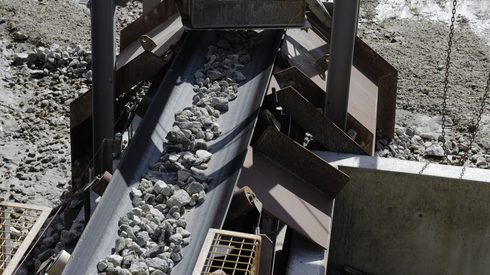- Iron ore remains the most bullish commodity of the year, with prices fuelled by Chinese demand and supply disruptions in Brazil, along with bullish sentiment. But prices are expected to come down because Brazilian exports have begun to recover, and have reached their highest level since the Brumadinho dam disaster in 2019. With more mines now in operation, Vale is able to produce 1 million tonnes per day, and we expect this upsurge in Brazilian production to be sustained. If Australian suppliers continue to operate without disruptions, the current high iron ore prices will come under further pressure.
- Port stocks have been rising and blast furnace utilization rates have been stagnating, suggesting there is limited room for further price rises. Curbed steel raw material demand is also reflected in the declining freight rates into China, with China’s import ban on Australian coal likely to have increased vessel availability in the basin.
- But Chinese iron ore demand has remained resilient amid high crude steel output levels, so we do not expect to see a sharp downward correction in iron ore prices. We believe direct-feed iron ore products such as blast furnace pellet face the strongest upside risks to prices this quarter. This is because the demand for these products is boosted by rising domestic coking coal prices, sintering restrictions and pollution curbs imposed by Chinese authorities.
- The strong demand pull from China has also helped to strengthen the prices for merchant pig iron (MPI). China has been importing significant amounts of this material since mid-2019 amid its relative price attractiveness over domestic scrap, but the attractiveness has diminished recently. MPI trade into China may be restrained further if the Chinese authorities allow a resumption of ferrous scrap imports.
Click here to view the Steel Raw Materials Market Tracker in full.
Fastmarkets’ flagship global steel event, Steel Success Strategies, is running as an online conference on October 26-28, 2020. Register today to hear directly from Fastmarkets’ pricing experts and analysts, as well from some of the most important chief executive officers in global steel.





